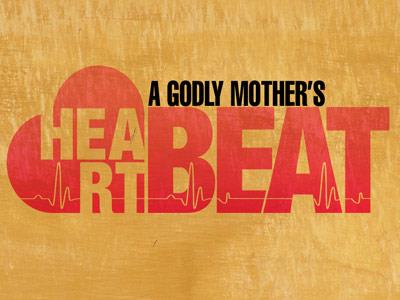-
Images Of The Church Series
Contributed by W Pat Cunningham on Oct 13, 2012 (message contributor)
Summary: Jesus built a Church, and the Scriptures give us many inspiring images of the Church, especially for evangelization.
Monday of 28th Week in Course 2012
St. Theresa of Jesus
Vatican II
It is especially fitting that our readings today focus on the nature of man’s response to God’s initiative, because that response culminates in the assembly we call the Church. Lumen Gentium is the Church’s contemporary reflection on and teaching about the Church. Jesus condemned the Jewish leaders of His day–a group he continually called “this generation”–because of their refusal to believe in the One sent by the Father. Today He calls on another community fabled for their wickedness–Nineveh–to condemn the lack of faith in Jesus shown by the Pharisees and others.
Paul is even more blunt in the letter to the Galatians, to a community wracked with dissension because some of their members were insisting on all of them taking up the onerous requirements of the whole Jewish Law. In so doing, he gives us an enduring picture of God’s true assembly, the Church. The Jewish community, he insists, is enslaved to a minute observance of human additions to the Divine Law–things like keeping separate kitchens for meat and dairy products, and the number of times one had to wash hands before eating. The Church, beholden only to the Law of Christ, is free. Moreover, this Church, which has her existence simultaneously in heaven and on earth, is our mother. We are children of the free mother, the Church, and so we are at liberty to do good, and have the grace and time to do it.
The Fathers of the Council also reminded us of the many other Biblical images, most of them feminine, applied to the Church:
It is described as the spotless spouse of the spotless Lamb,(43) whom Christ "loved and for whom He delivered Himself up that He might sanctify her",(44) whom He unites to Himself by an unbreakable covenant, and whom He unceasingly "nourishes and cherishes",(45) and whom, once purified, He willed to be cleansed and joined to Himself, subject to Him in love and fidelity,(46) and whom, finally, He filled with heavenly gifts for all eternity, in order that we may know the love of God and of Christ for us, a love which surpasses all knowledge.(47) The Church, while on earth it journeys in a foreign land away from the Lord,(48) is like in exile. It seeks and experiences those things which are above, where Christ is seated at the right-hand of God, where the life of the Church is hidden with Christ in God until it appears in glory with its Spouse.(49)
Most of all, however, the Council Fathers returned to the image of the Church as the Body of Christ, a theme Pius XII took up in the encyclical Mystici Corporis.
By communicating His Spirit, Christ made His brothers, called together from all nations, mystically the components of His own Body.
In that Body the life of Christ is poured into the believers who, through the sacraments, are united in a hidden and real way to Christ who suffered and was glorified.(6*) Through Baptism we are formed in the likeness of Christ: "For in one Spirit we were all baptized into one body".(51) In this sacred rite a oneness with Christ's death and resurrection is both symbolized and brought about: "For we were buried with Him by means of Baptism into death"; and if "we have been united with Him in the likeness of His death, we shall be so in the likeness of His resurrection also".(52) Really partaking of the body of the Lord in the breaking of the Eucharistic bread, we are taken up into communion with Him and with one another. "Because the bread is one, we though many, are one body, all of us who partake of the one bread".(53) In this way all of us are made members of His Body,(54) "but severally members one of another".(55)
As all the members of the human body, though they are many, form one body, so also are the faithful in Christ.(56) Also, in the building up of Christ's Body various members and functions have their part to play. There is only one Spirit who, according to His own richness and the needs of the ministries, gives His different gifts for the welfare of the Church.(57) What has a special place among these gifts is the grace of the apostles to whose authority the Spirit Himself subjected even those who were endowed with charisms.(58) Giving the body unity through Himself and through His power and inner joining of the members, this same Spirit produces and urges love among the believers. From all this it follows that if one member endures anything, all the members co-endure it, and if one member is honored, all the members together rejoice.(59)
The Head of this Body is Christ. He is the image of the invisible God and in Him all things came into being. He is before all creatures and in Him all things hold together. He is the head of the Body which is the Church. He is the beginning, the firstborn from the dead, that in all things He might have the first place.(60) By the greatness of His power He rules the things in heaven and the things on earth, and with His all-surpassing perfection and way of acting He fills the whole body with the riches of His glory.

 Sermon Central
Sermon Central



